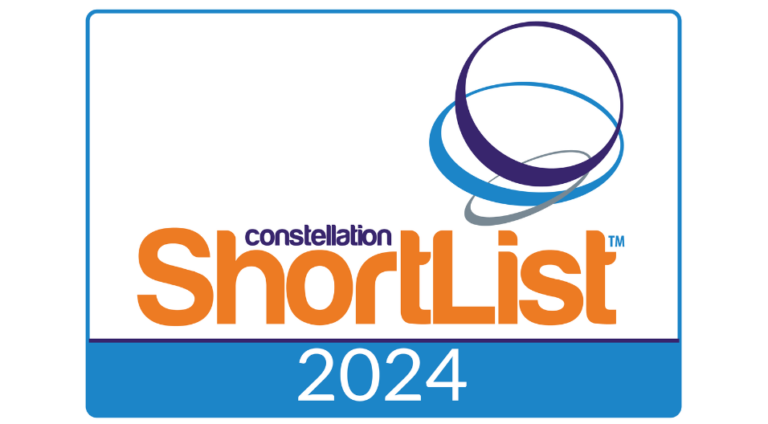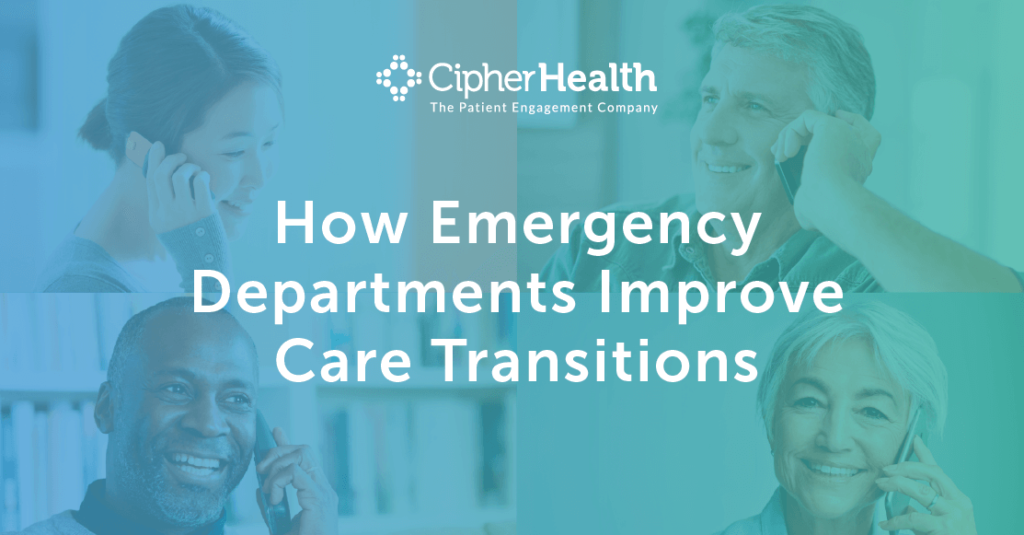The following article originally appeared in Becker’s Hospital Review.
As today’s healthcare system evolves in response to clinical, economic, and political pressures, the role of Emergency Departments (EDs) is evolving as well. With the industry’s shift from volume- to value-based care, many EDs find themselves uniquely positioned at the intersection of outpatient and inpatient care. According to RAND, emergency departments are the decisionmaker for half of all U.S. hospital admissions, with a disproportionate impact on patient care, the financial well-being of hospitals, and aggregate healthcare spending.
EDs diagnose, stabilize, and treat a wide range of patients. Most patients seek care in the ED because they lack an alternative or were referred by their primary care provider for after-hours care. Due to the legal responsibility of EDs to provide care to all in need without regard for their ability to pay, they often function as safety nets for the communities they serve. As such, EDs face distinct challenges in engaging their patient populations.
ED recidivism is defined as patients returning to the ED for care within a designated time period following an initial ED encounter. As a critical performance measure for emergency medical care, the rate of ED revisits is an indicator of the quality and safety of care delivery. High recidivism rates are costly for both healthcare organizations and patients.
So how are hospitals addressing the challenges that come from providing this safety net? For one organization, Sturdy Memorial Hospital (“Sturdy”), the key to better care lies not just within the “four walls” of the emergency department, but extends into the days that follow a patient’s visit. As a 132-bed community hospital based in Attleboro, MA, Sturdy is committed to delivering high-quality, compassionate care. In caring for nearly 50,000 patients annually, Sturdy’s Emergency Department ended last year in the 90th percentile for overall patient satisfaction. Brian Patel, MD, Chief of Emergency Services and Associate Chief Quality Officer at Sturdy, shares his team’s journey in continuously improving patient outcomes through proactive engagement strategies.
Providing Support Beyond the Emergency Department Visit
Sturdy’s Emergency Department team is renowned for delivering exceptional clinical care to patients with urgent medical conditions. Dr. Patel shared that his team examined and sought to improve the patient experience beyond the ED visit. With nearly 70% of Sturdy’s ED population covered by Medicare or Medicaid, many of Sturdy’s patients could benefit from additional support to overcome challenges related to the social determinants of health.
The first step for the ED team would be to assess the patient’s condition following their ED visit and then provide additional clinical support when appropriate. Although a few nurses called patients post-visit, Dr. Patel shared that this was not working for three main reasons:
- Due to limited resourcing, staff could only focus on a small subset of the population – and even for the patients that were prioritized, outreach was typically inconsistent
- It was frustrating (and costly) for the nurses to spend time away from patient care, only to experience unsuccessful call attempts
- By tracking information in spreadsheets, the lack of actionable data made it difficult to drive systematic improvements
To address these challenges, Sturdy’s Emergency Department needed technology to augment their resources. Dr. Patel’s team chose to implement a program that would leverage automated calls to make the initial connection with patients. Dr. Patel explains, “To be effective, outreach needed to be scaled across populations to provide ongoing support to all our patients during care transitions.” The reality is that with automated calls, Sturdy expanded their capacity to reach and engage more patients, closing transitional gaps in care.
Sturdy partnered with CipherHealth to scale their support to all patients discharged from the Emergency Department. The key to improving engagement with the automated calls is to ensure patients know how valuable it is to answer. Before patients are discharged from the ED, their Sturdy nurse outlines the automated outreach process and includes the information in the patient’s discharge materials. Then, if patients indicate a concern or a question during the call, Sturdy nurses receive an alert and can quickly resolve the issue or provide relevant service recovery.
According to Dr. Patel, automating post-visit outreach provides Sturdy with a more fiscally responsible way to follow up with all patients. With this workflow, nurses focus their time and clinical expertise on the patients who expressed an issue – not on those who were never going to pick up the phone.
Improving Patient Outcomes Inside and Outside the Hospital
Over the span of one year, Sturdy saw an 11% decrease in 7-day ED recidivism for patients who were reached by the automated call program as compared to those who were not reached.
By re-envisioning care coordination with automated outreach, Dr. Patel’s team takes a proactive approach to expediting patient access to the right level of care – improving utilization of ED services in the long-run. Dr. Patel explains, “If patients indicate that they do not have a primary care provider during the automated call, we connect those patients to the correct team to help them find and select the right provider for their needs. Without this mechanism for assistance, we would not have been able to provide this level of support to our patients.”
With actionable data collected from these engagement efforts, Dr. Patel and his leadership team gain transparency into areas of improvement and effectiveness of interventions. They have already put appropriate systems in place to address opportunities for improving communication around the patient’s care plan during the discharge process.
Promoting Safe Transitions of Care
By proactively engaging all patients with post-visit calls, Sturdy’s Emergency Department plays an important role in supporting patients as they navigate the transition from one care setting to the next. Dr. Patel shares, “As the bridge between the hospital and the community, we help get patients the help they need, when they need it.”
Improving patient safety requires a paradigm shift in how healthcare providers communicate with patients when they are no longer under their care. By improving patient communication beyond the care encounter, Dr. Patel’s team enhanced care coordination, addressed avoidable ED utilization, and achieved major efficiencies in resource allocation – thus ensuring patients have the support they need after discharge.
To learn more about how automated outreach can serve as an effective strategy in reducing ED recidivism, read the full research article here.








